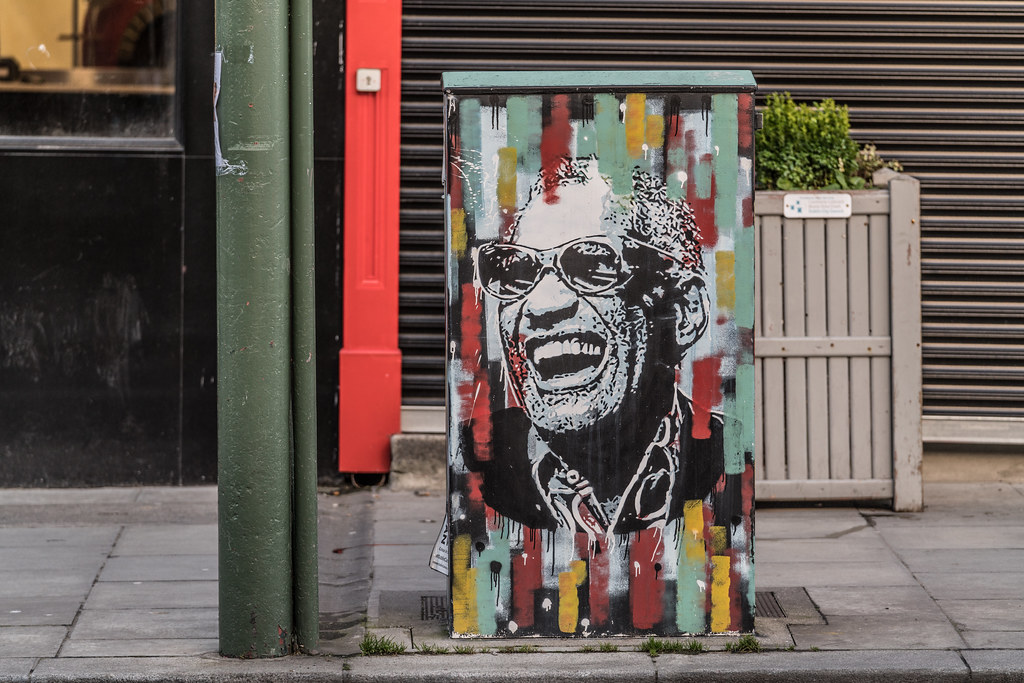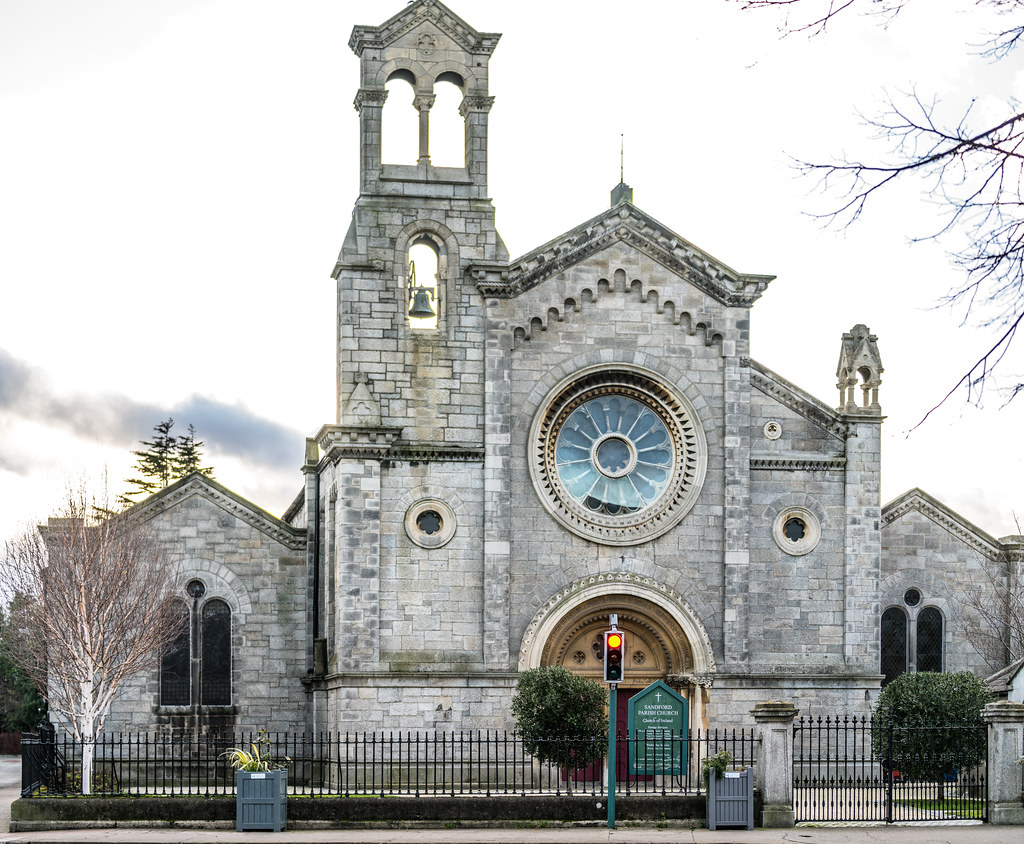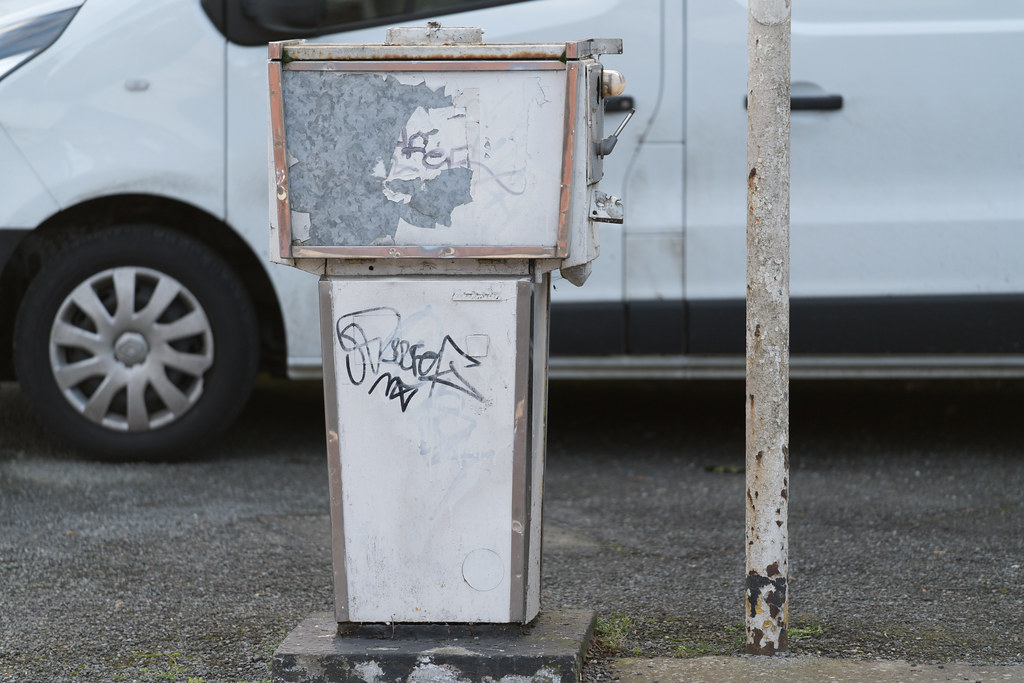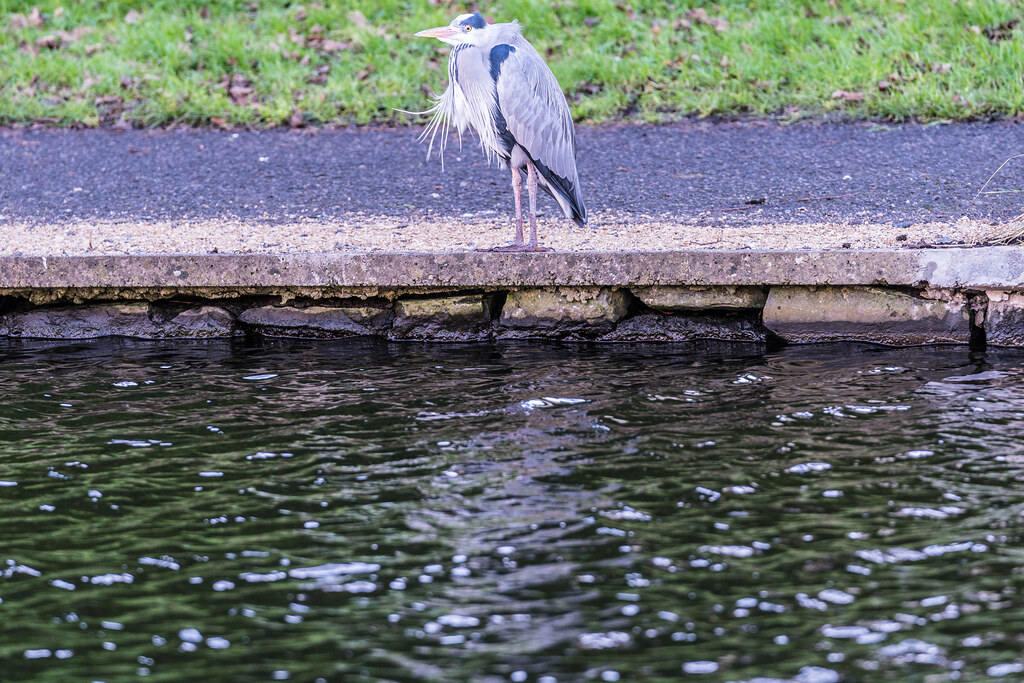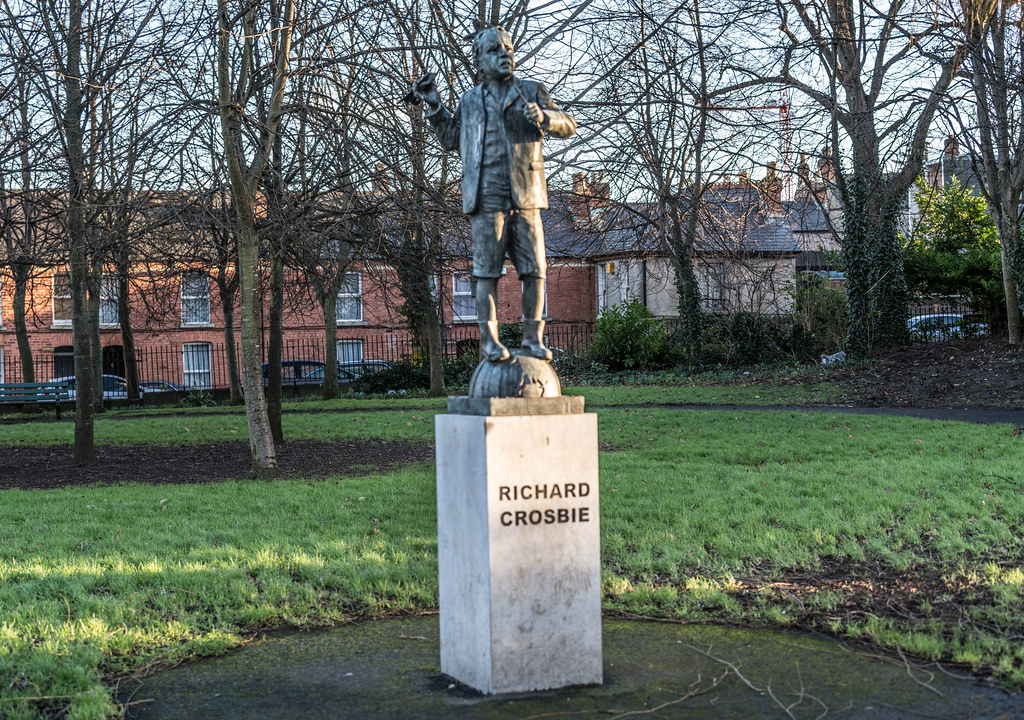RANELAGH IN DUBLIN 6
Ranelagh is a residential area and urban village on the south side of Dublin, Ireland in the postal district of Dublin 6.
The district was originally a village just outside Dublin, surrounded by landed estates.
In the early years of the Irish Confederate Wars (1641–1649) the area was the scene of skirmishes culminating in the Battle of Rathmines in August 1649. After the Irish united with the Royalists against the Parliamentarians, an attempt was made to take Dublin. Their army under Ormonde was defeated, many of them killed, and the place where they fell (mainly between Rathmines and Ranelagh) was known for a long time as the Bloody Fields.
In 1785, only two years after the first manned flight, Richard Crosbie successfully flew in a hot air balloon from Ranelagh Gardens to Clontarf. The 225th anniversary of his flight was commemorated with a balloon flight from the same gardens on 23 January 2010 although due to adverse weather the balloon did not take off.
The area was incorporated into the expanding city in the 19th century, after which massive development took place.
The park in London, Ranelagh Gardens, was named after Ranelagh House, home of the Cole family, who took their title (Earls of Ranelagh) from the district in County Dublin.
The Luas Green Line has two stops in the Ranelagh area: Ranelagh/Raghnallach (on Ranelagh Road) and Beechwood (on Dunville Avenue), built on the site of the former Ranelagh Railway Station on the Harcourt Street railway line (the station opened as Ranelagh & Rathmines on 16 July 1896, was renamed Ranelagh in 1921 and finally closed on 1 January 1959).
The 11, 18, 44, 61 and 165 bus routes pass through Ranelagh.
The district was originally a village just outside Dublin, surrounded by landed estates.
In the early years of the Irish Confederate Wars (1641–1649) the area was the scene of skirmishes culminating in the Battle of Rathmines in August 1649. After the Irish united with the Royalists against the Parliamentarians, an attempt was made to take Dublin. Their army under Ormonde was defeated, many of them killed, and the place where they fell (mainly between Rathmines and Ranelagh) was known for a long time as the Bloody Fields.
In 1785, only two years after the first manned flight, Richard Crosbie successfully flew in a hot air balloon from Ranelagh Gardens to Clontarf. The 225th anniversary of his flight was commemorated with a balloon flight from the same gardens on 23 January 2010 although due to adverse weather the balloon did not take off.
The area was incorporated into the expanding city in the 19th century, after which massive development took place.
The park in London, Ranelagh Gardens, was named after Ranelagh House, home of the Cole family, who took their title (Earls of Ranelagh) from the district in County Dublin.
The Luas Green Line has two stops in the Ranelagh area: Ranelagh/Raghnallach (on Ranelagh Road) and Beechwood (on Dunville Avenue), built on the site of the former Ranelagh Railway Station on the Harcourt Street railway line (the station opened as Ranelagh & Rathmines on 16 July 1896, was renamed Ranelagh in 1921 and finally closed on 1 January 1959).
The 11, 18, 44, 61 and 165 bus routes pass through Ranelagh.
